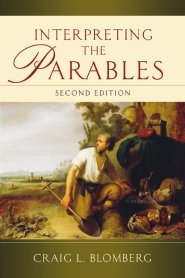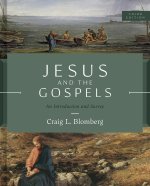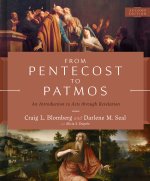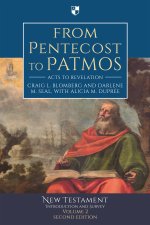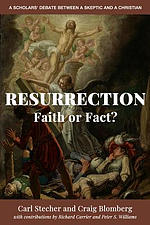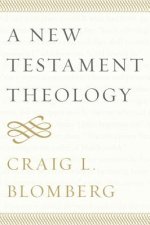This new edition of Blomberg's valuable textbook covers interpretative methods and controversies, expounds the meaning and significance of individual three-, two- and one-point parables, and surveys the theology of God's kingdom and the Christ in the parables.
In this new and expanded edition of Interpreting the Parables, Craig Blomberg evaluates contemporary critical approaches to the parables - including those that have emerged in the twenty years since the first edition was published.
Taking on the prevailing views of C. H. Dodd and Joachim Jeremias, Blomberg argues for a limited allegorical approach to the parables. This widely used text has taken a minority perspective and made it mainstream, with Blomberg ably defending his approach and offering brief interpretations of all the major parables.
Interpreting the Parables can be read with profit by scholars, students, pastors and educated laypeople.
Trustpilot



